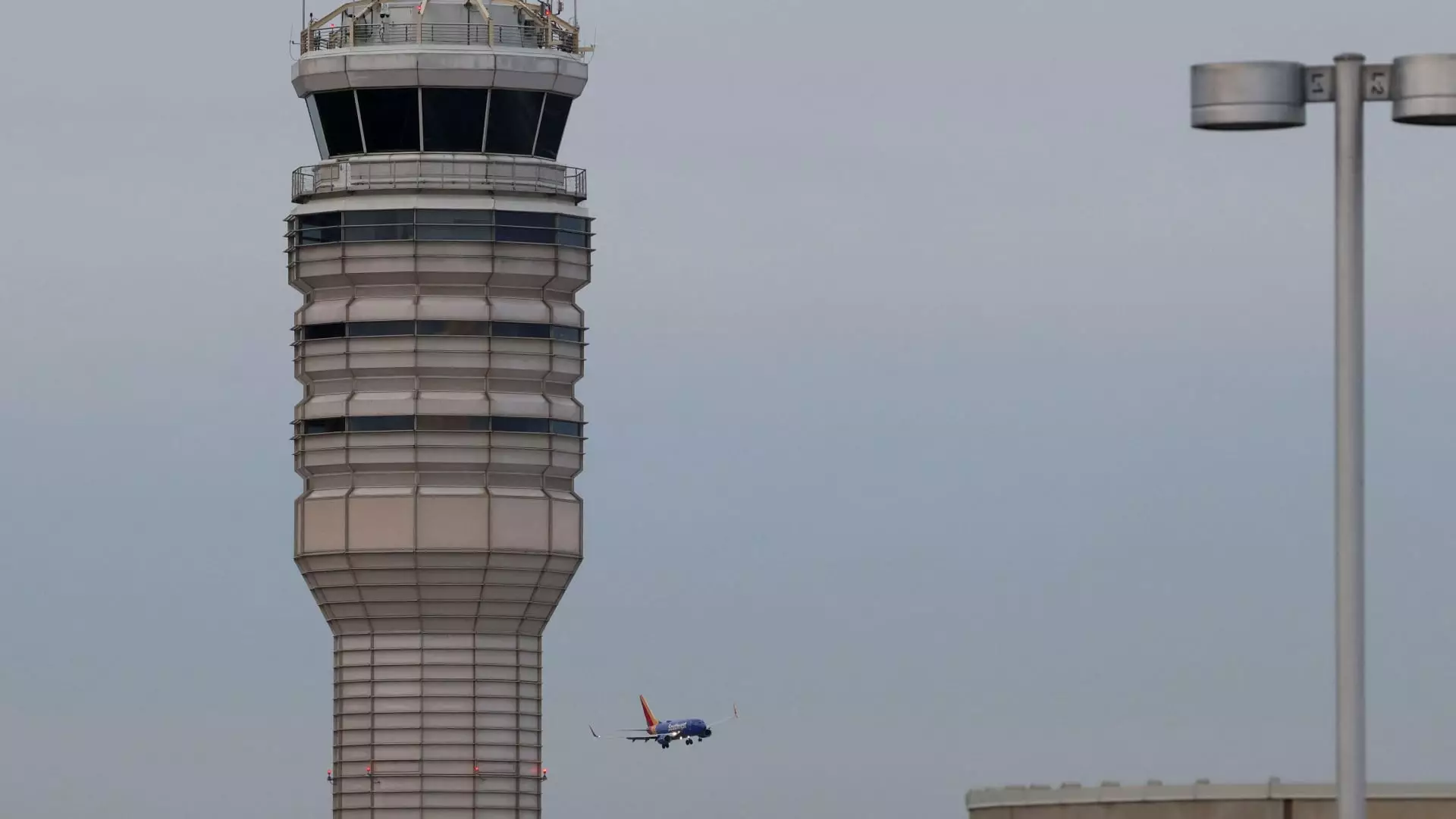In the aftermath of a tragic collision involving an Army Black Hawk helicopter and an American Airlines jet, the Federal Aviation Administration (FAA) has taken decisive action to bolster aviation safety in the Washington, D.C. area. This unfortunate event, which claimed the lives of all 67 individuals onboard both aircraft, has raised serious concerns regarding airspace management and the operational protocols that govern helicopter traffic around key airports, particularly Ronald Reagan Washington National Airport (DCA).
Transportation Secretary Sean Duffy’s announcement of immediate restrictions on helicopter traffic surrounding DCA underscores the gravity of the incident and the urgent need for improved safety measures. These restrictions will encompass specific airspace, notably between significant landmarks and geographical boundaries that delineate helicopter flight paths. Duffy emphasized the necessity of restoring public confidence in the aviation system. He stated, “The American people deserve full confidence in our aviation system,” highlighting the significance of immediate, transparent responses to safety concerns.
Implications of the Collision
The incident, identified as American Eagle Flight 5342’s catastrophic final moments before landing, marks a harrowing milestone as the first deadly commercial airline accident on U.S. soil in over 15 years. Investigations led by the National Transportation Safety Board (NTSB) aim to piece together the sequence of events that culminated in this disaster. As members of the aviation community and the general public seek answers, the inquiry will delve into critical aspects, including flight altitudes, air traffic controller communication, and the overall operational environment for both aircraft involved.
In his statement, American Airlines CEO Robert Isom expressed uncertainty regarding the military helicopter’s presence in the airspace where the airline was approaching for landing, indicating a critical lapse in coordination. This incident amplifies discussions regarding the interaction between civilian and military aviation operations, particularly in densely populated urban centers where air traffic is already complex and high-stakes.
A Call for Enhanced Coordination and Training
The events surrounding the tragic collision not only call into question existing traffic management protocols but also highlight a potential need for enhanced pilot training and situational awareness in high-density airspace. Experts predict that incidents of this nature could lead to more rigorous frameworks governing helicopter operations, particularly in terms of altitude restrictions and flight path delineation.
In addition, stakeholders in the aviation sector, including commercial airlines, military officials, and regulatory bodies, must develop collaborative strategies to mitigate risks associated with overlapping air traffic. Prioritizing comprehensive communication protocols is essential for preventing future tragedies. As the investigation continues, it is imperative that findings lead to concrete reforms, ensuring that similar incidents do not transpire in the future.
The recent disaster has opened the door to critical conversations about safety in the aviation industry. With airspace restrictions implemented and ongoing investigations underway, the hope is that lessons learned from this incident will foster an environment where safety remains paramount. The commitment to ensuring the public’s confidence in air travel hinges on the proactive measures taken in the wake of tragedy, reminding us all of the delicate balance required to maintain safe and efficient operations in our skies.

